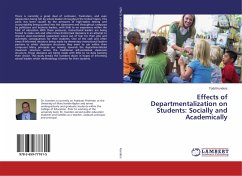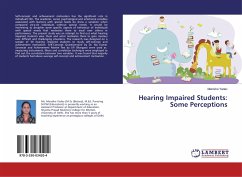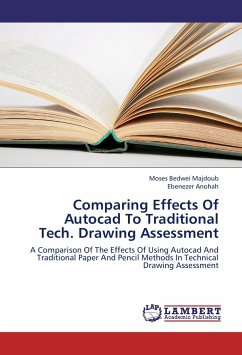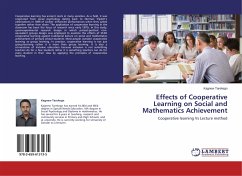There is currently a great deal of confusion, frustration, and even desperation being felt by school leaders throughout the United States. This panic has been caused by the pressures of high-stakes testing and accountability being pushed into the classrooms and throughout campuses by politicians and business leaders, with little to no experience within the field of education. With these pressures, instructional leaders are being forced to make rash and often times ill-informed decisions in an attempt to improve state-mandated assessment scores out of fear for their jobs and automatic consequences for their students. One of the rash and often times ill-informed decisions being made by elementary instructional leaders pertains to which classroom structures they want to use within their campuses. Many principals are moving towards the departmentalized classroom structure versus the traditional self-contained classroom structure. These decisions are being made with little to no data backing their choice. This study breaks the numbers down in hopes of informing school leaders which methodology is better for their students.








